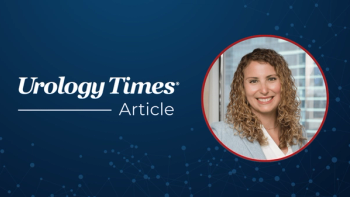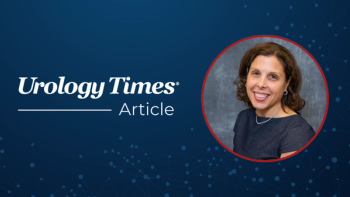
Is it appropriate to bill 51700 for urinary retention 2 weeks after TURP?
"Placing a catheter to irrigate obstructing blood clots (CPT 51700) is specifically included in the payment for the TURP if this complication is managed outside of an operating room," write Jonathan Rubenstein, MD, and Mark Painter.
Can you please tell me whether it is appropriate to bill 51700 for urinary retention 2 weeks after TURP?
Medicare has defined work included in a global period to include postsurgical pain management by the surgeon, supplies (except for those identified as exclusions), dressing changes, local incision care, removal of cutaneous sutures and staples, lines, wires, tubes, drains, casts, and splints and insertion, irrigation, and removal of urinary catheters included in the work of the procedure. In addition, complications that do not require additional trips to the operating room are included. Therefore, placing a catheter to irrigate obstructing blood clots (CPT 51700) is specifically
included in the payment for the TURP if this complication is managed outside of an operating room. It would not be appropriate to bring a patient to an operating room merely to make it a billable service.
Rubenstein is compliance officer and medical director of coding and reimbursement, United Urology Group and Chesapeake Urology, Towson, Maryland. Painter is CEO of PRS Urology SC in Denver, Colorado.
Send coding and reimbursement questions to Rubenstein and Painter c/o Urology Times®, at urology_times@mmhgroup.com.
Questions of general interest will be chosen for publication. The information in this column is designed to be authoritative, and every effort has been made to ensure its accuracy at the time it was written. However, readers are encouraged to check with their individual carrier or private payers for updates and to confirm that this information conforms to their specific rules.
Newsletter
Stay current with the latest urology news and practice-changing insights — sign up now for the essential updates every urologist needs.

















